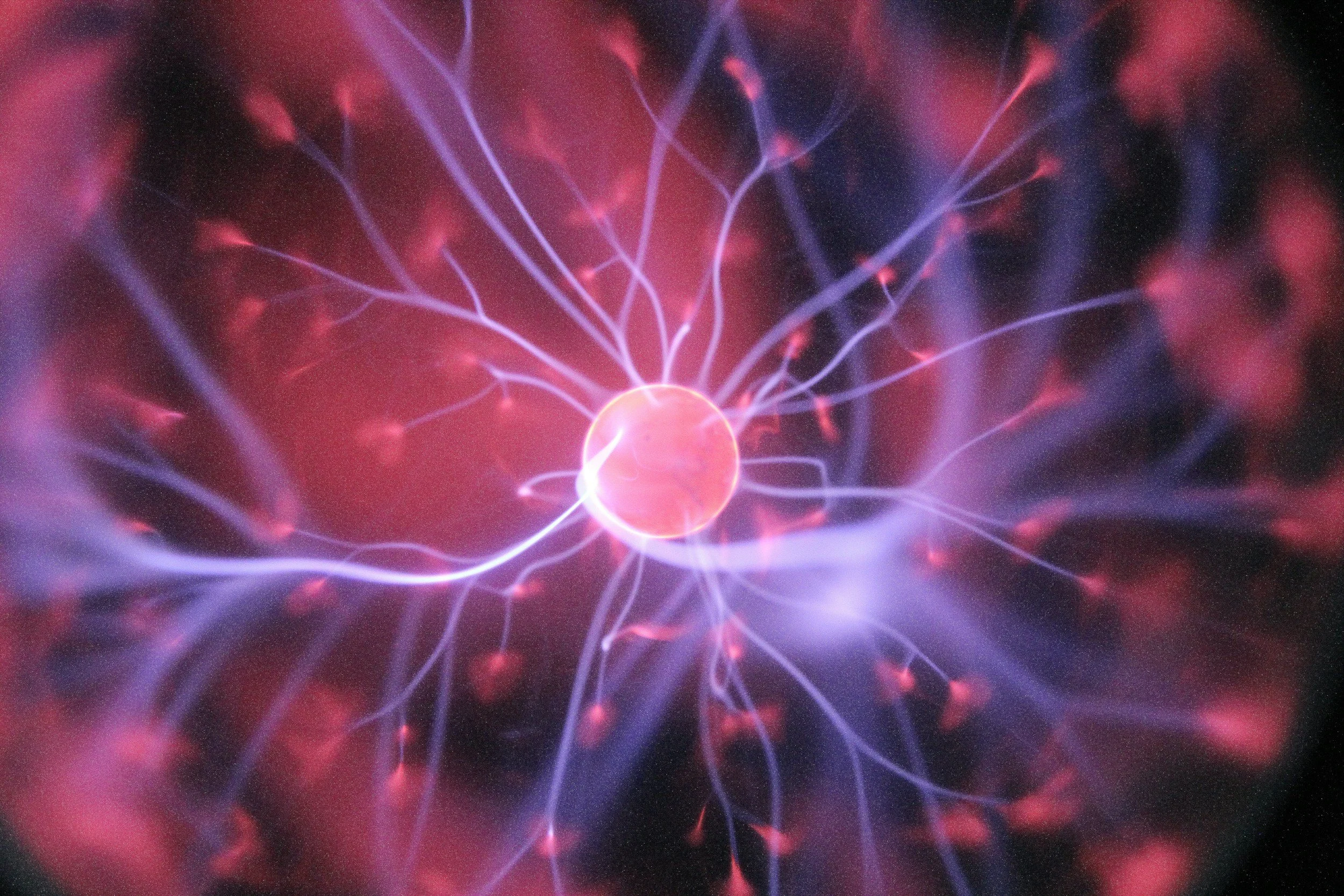What Mindset Really Is
Stack of Mindset books
After nearly two years of coaching with the brilliant neuroscientist and educator Stefanie Faye, I’ve come to understand mindset not as a belief, but as a living process that shapes how our brain predicts, interprets, and responds to life.
Yesterday, Stefanie delivered a free webinar on Mindset. Despite working with Stefanie the last few years, I learn something new, each and every time I listen to her. In this article, I explore what I’ve learned about mindset, neurobiology, and how we can bring this awareness into our classrooms, families, and communities.
When Stefanie says we must live it to teach it…I completely understand what she means! To embody mindset takes work, it can feel messy, gritty and hard at times, especially changing mindset, but when those sensations arise, then you know neuroplasticity is at work!
Bright, nerve cell-like image
What Mindset Really Is
“Mindset isn’t what you might think” – Stefanie Faye
A mindset is a predictive model - the brain’s way of making sense of experience.
It guides what we notice, how we interpret it, and how we respond. Each brain develops these models through early experiences and repeated relational feedback.
Mindset shapes how we perceive stress, effort, and mistakes. It decides whether we experience a challenge as a threat or as an opportunity to learn.
And it’s not static - it’s constantly being rewritten through experience and connection.
The Brain’s Appraisal System: “I Can Cope” or “I Can’t”
At the heart of mindset lies appraisal - the split-second decision that determines our physiological state.
Challenge appraisal (“I can cope”) → Blood vessels dilate, cortisol rises briefly then settles, focus sharpens.
Threat appraisal (“I can’t cope”) → Blood vessels constrict, cortisol stays high, testosterone drops, anxiety rises.
The same situation can produce completely different outcomes depending on how the brain predicts it. This might help us understand why some people react to stress events whilst others do not to the same event.
The Neurobiological Competence Mindset
Stefanie describes a neurobiological competence mindset as one that:
-
When learning something new, and facing struggle, that is a sign that structural changes are happening in the brain! Welcome it in…embrace it…create new neural pathways as you rise out of the pit.
-
Errors provide us with data to help grown our brains and predictive models of the world. Use error detection as a compass in knowing you are on the right track.
-
Due to neuroplasticity in the brain, nothing is fixed and everything is emerging at all times as we interact with the world. Mindsets shift and change, and we can re-programme at any stage of our lives.
This mindset keeps the brain open and plastic, enabling creativity, learning, and persistence even under pressure.
When Negative Thinking Happens: Opening the Brain
When the brain closes under negativity, Stefanie asks:
“How do we open the brain again?”
One answer lies in Pathway Thinking and Mental Contrasting, from the work of Dr Gabriela Oettingen (NYU).
Imagining positive outcomes releases dopamine - but without realistic reflection, motivation fades when obstacles arise.
Mental Contrasting pairs optimism with honest appraisal:
“I’ll give a great presentation, but I might forget a line halfway through.”
This pre-play process creates pathway flexibility — preparing the brain for multiple outcomes.
So when things go wrong, they feel predicted, not catastrophic.
That’s the neuroscience of hope.
Regulatory Flexibility and Pre-Play
Regulatory flexibility is the ability to move fluidly between emotional and physiological states.
Pre-play strengthens this skill - it’s the brain’s way of rehearsing uncertainty.
According to one of the participants on the call, the Spartans practised this by imagining all possible outcomes in battle — not out of fear, but to reduce prediction error!
Today, teachers, students, and athletes can use pre-play to imagine multiple possibilities and stay open to live-moment data.
When we expect variability, we stay grounded and adaptive.
The Vibrational Nature of Mindset
We are vibrational beings.
Our internal state - muscle tone, breath rhythm, facial expression - communicates safety or threat before we speak.
When we feel safe, our eyes soften and others tune in; when we feel threatened, tension around the mouth signals danger.
Our nervous systems are in constant dialogue.
We don’t just talk about mindset — we transmit it.
Mindset and Neurodivergent Brains
For neurodivergent thinkers and learners — those with autism, ADHD, or sensory sensitivities — the world can feel less predictable.
Prediction errors happen more frequently, and the brain’s habenula (which detects failure) can overactivate, cutting off dopamine and motivation.
Creating predictable, safe, and flexible environments helps keep these brains open to learning.
We can support neurodivergent learners by:
Framing mistakes as data, not deficiency
Teaching prediction awareness: “What did you expect? What surprised you?”
Co-regulating through calm tone, warm eyes, and consistent presence
A neurobiological competence mindset allows all brains — neurodivergent or neurotypical — to feel safe enough to grow.
Learning Mindset by Living It
To teach mindset, we must first embody it.
We internalise these concepts by living them - by trying new things, tolerating awkwardness, and reflecting on our own prediction errors.
When we share that process, we model real learning.
Growth is not about perfection, but about staying open, even when it’s uncomfortable.
The Super-Regulator Mindset
Stefanie describes the Super-Regulator Mindset as the ability to:
Stay calm and curious in uncertainty
Regulate others through relational safety
Integrate purpose, neuroplasticity, and prediction awareness
Influence the emotional climate through presence
When we embody safety, we help others access learning.
That’s what real regulation — and leadership — looks like.
Questions for Reflection
How do I appraise stress: as threat or challenge?
How can I “open my brain” when fixed or negative thinking arises?
What do I transmit through my tone, facial expression, and body?
How might I use pre-play to prepare for uncertainty in my day-to-day life?
How can I adapt these insights for neurodivergent learners or colleagues?
What does a Super-Regulator Mindset look and feel like in me?
Mindset is not a technique — it’s a whole-body process.
It’s how we predict, appraise, and adapt.
It’s the biology of connection, curiosity, and hope.
When we understand and embody this process, we don’t just teach about change —
we become it.
Stefanie is running this webinar again on October 20th 2025! I highly recommend attending! https://stefaniefaye.com/foundations/
Written by Lisa Low, drawing on two years of coaching with and learning from Stefanie Faye.
Part of the Beyond Bridges Education / Lisa Low Consultancy reflections on relational neuroscience, learning, and belonging.


